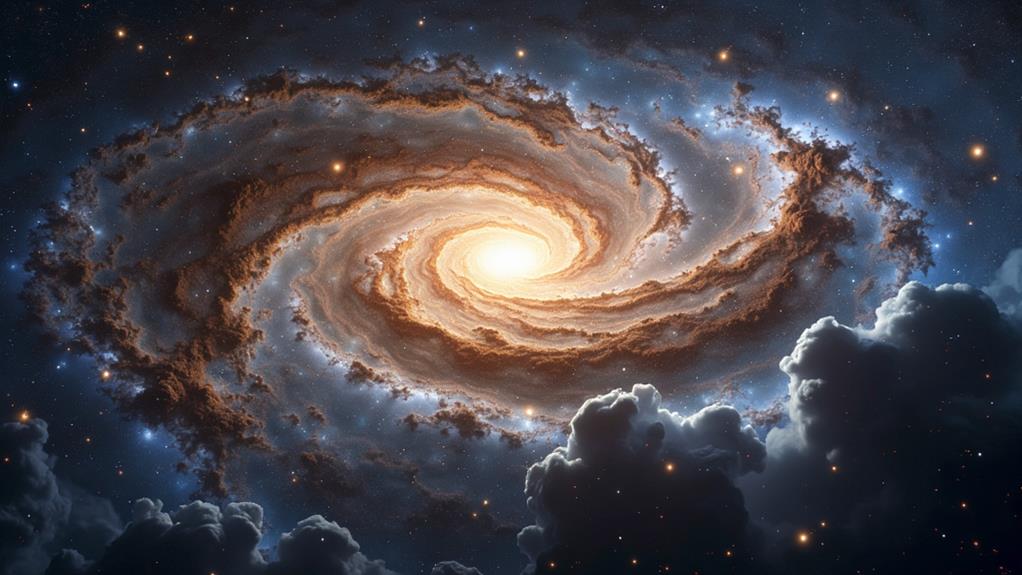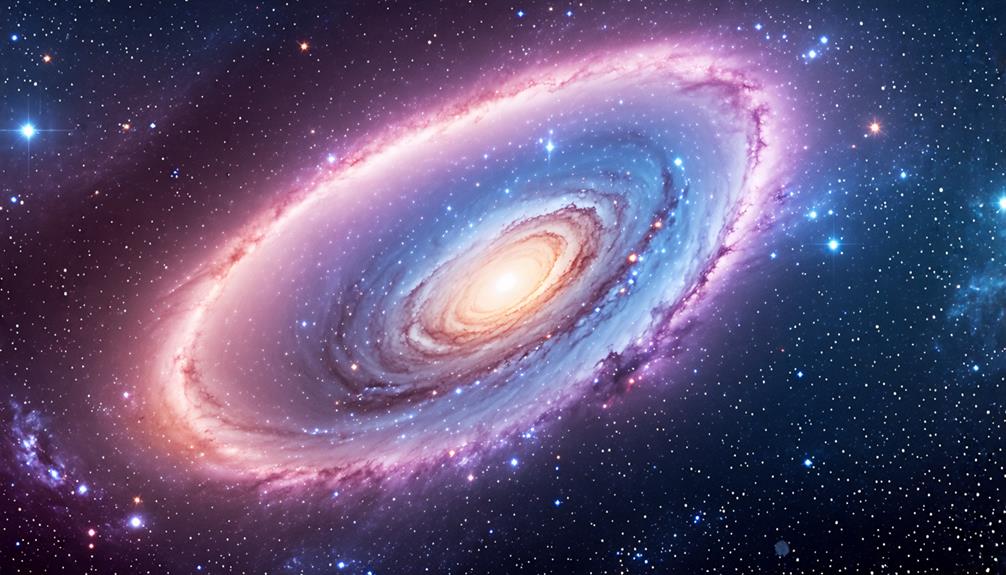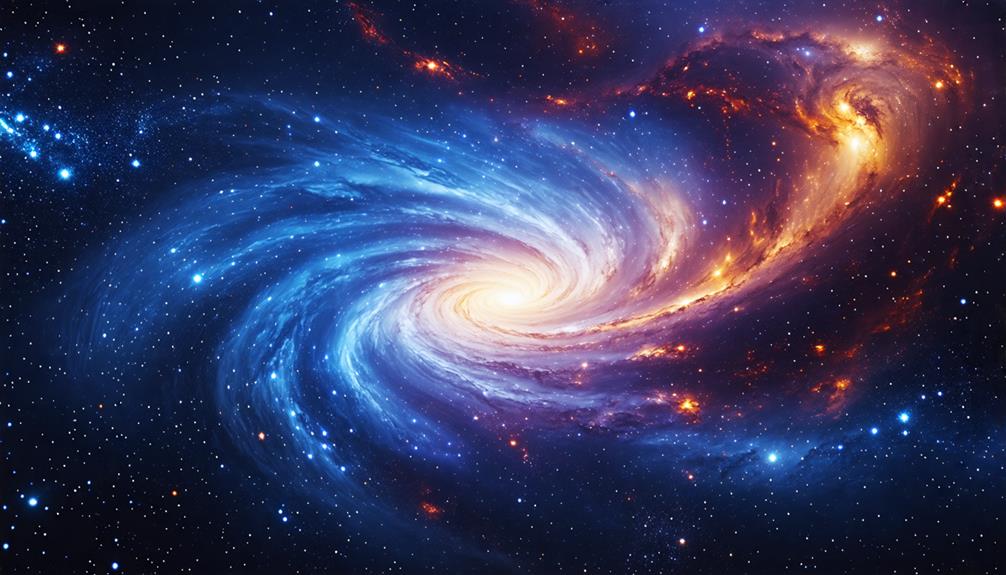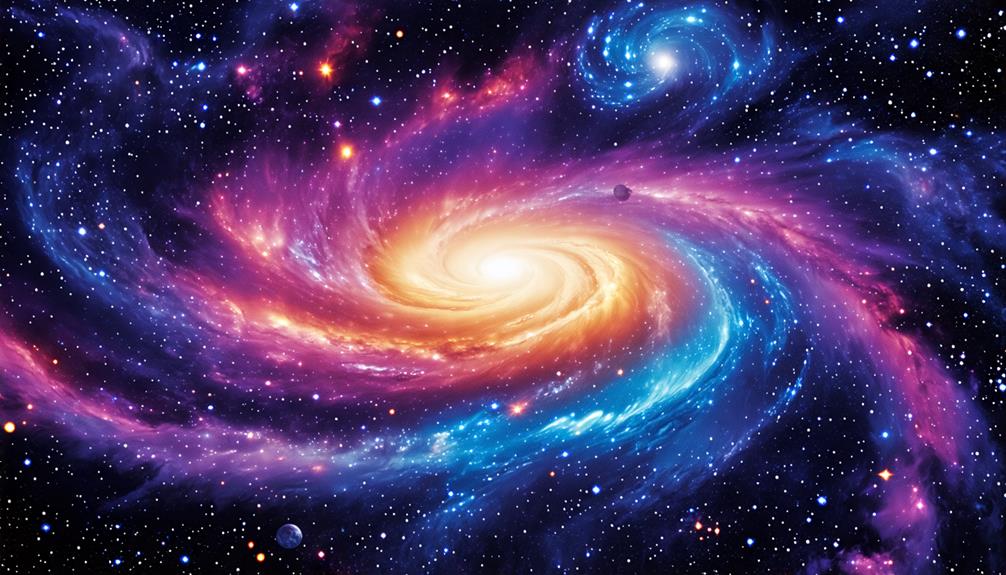The Mysteries of Dark Matter and Dark Energy: Unraveling the Universe's Secrets
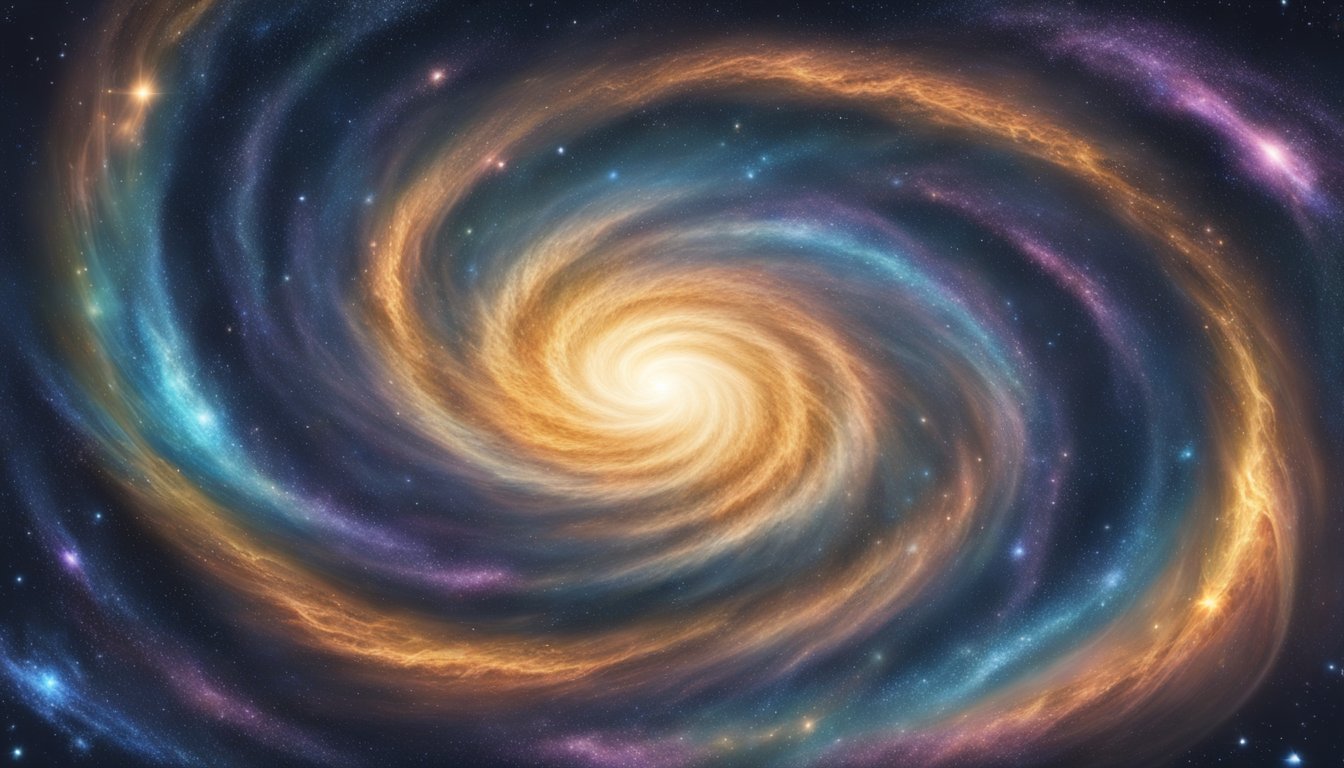
Dark matter and dark energy are some of the greatest mysteries in the universe. Scientists believe that 85% of all matter in the universe is dark matter, while dark energy makes up about 70% of the universe. These unseen forces shape and drive the cosmos in ways we are only beginning to understand.
Dark matter is thought to hold the universe together by clumping galaxies and other cosmic structures. On the other hand, dark energy seems to be pushing the universe apart, causing it to expand at an accelerating rate. Together, dark matter and dark energy account for 95% of the universe, leaving only a small percentage for all the stars, planets, and visible matter.
This blog post will dive into what scientists know about dark matter and dark energy and why these mysterious substances are so crucial to our understanding of the cosmos. By exploring the latest research and theories, readers will gain insight into the hidden forces that govern our universe.
Understanding the Universe
The universe is made up of various components, including visible matter, dark matter, and dark energy. These elements shape how space behaves and how galaxies move and evolve.
Composing Cosmos: Matter and Energy
Matter in the universe includes everything that has mass and takes up space. This includes stars, planets, and even dust. Visible matter accounts for only a small part of the cosmos, about 5%. The rest is made up of dark matter and dark energy.
Dark matter is invisible but has mass, affecting the motion of galaxies. Scientists believe it forms a framework for the universe. Dark energy, which makes up about 68% of the universe, is thought to be driving the accelerated expansion of space. This unseen energy counteracts gravity and pushes galaxies apart.
Expansion of Space
The universe is expanding, meaning the space between galaxies increases over time. This has been observed through the redshift of light from distant galaxies.
The expansion rate, which is speeding up, is linked to dark energy. Scientists use data from telescopes and other technologies to study this phenomenon. Gravity plays a key role, but dark energy is the force that's causing the universe to expand faster and faster. This accelerated growth affects how galaxies form and evolve over billions of years.
Understanding these aspects helps scientists to get a clearer picture of the universe's past, present, and future.
Dark Matter
Dark matter is an unseen substance that is essential to the structure and stability of galaxies. Its presence is inferred from the effects it has on gravitational forces and galactic motion, despite being invisible and undetectable by conventional means.
Evidence of Invisible Mass
Scientists first suspected dark matter when observing that galaxies rotate faster than can be explained by visible mass alone. Calculations showed that the mass of stars and gas wasn't enough to account for the strong gravitational forces needed to keep galaxies from flying apart. This implied there was additional, unseen mass.
Observations of galaxy clusters also supported this idea. Galaxy clusters tend to have more gravitational mass than the sum of their visible parts, indicating the presence of dark matter.
Gravitational Effects on Galaxies
Dark matter exerts gravitational force, which affects the motion of galaxies. When astronomers measure the rotation curves of galaxies, they find that stars at the edges orbit at similar speeds as those near the center, contrary to what we would expect if only visible matter were present. The additional gravitational pull from dark matter explains this anomaly.
Gravitational lensing serves as another piece of evidence. When light from distant galaxies bends around massive objects, the lensing effect is stronger than what visible mass alone would produce. This extra bending is attributed to dark matter.
Search for Dark Matter Particles
Scientists are actively searching for dark matter particles using various techniques. Direct detection methods involve underground detectors designed to spot collisions between dark matter particles and normal matter. These detectors are well-shielded to avoid interference from other particles.
Large particle experiments, like those at the Large Hadron Collider, aim to produce dark matter particles. By smashing protons at high energies, researchers hope to observe particles that could be dark matter candidates.
Indirect detection methods involve looking for signals like gamma rays that might be produced when dark matter particles interact or annihilate with each other. Data collected by space telescopes and observatories helps in analyzing these potential signals.
Dark Energy and Cosmic Acceleration
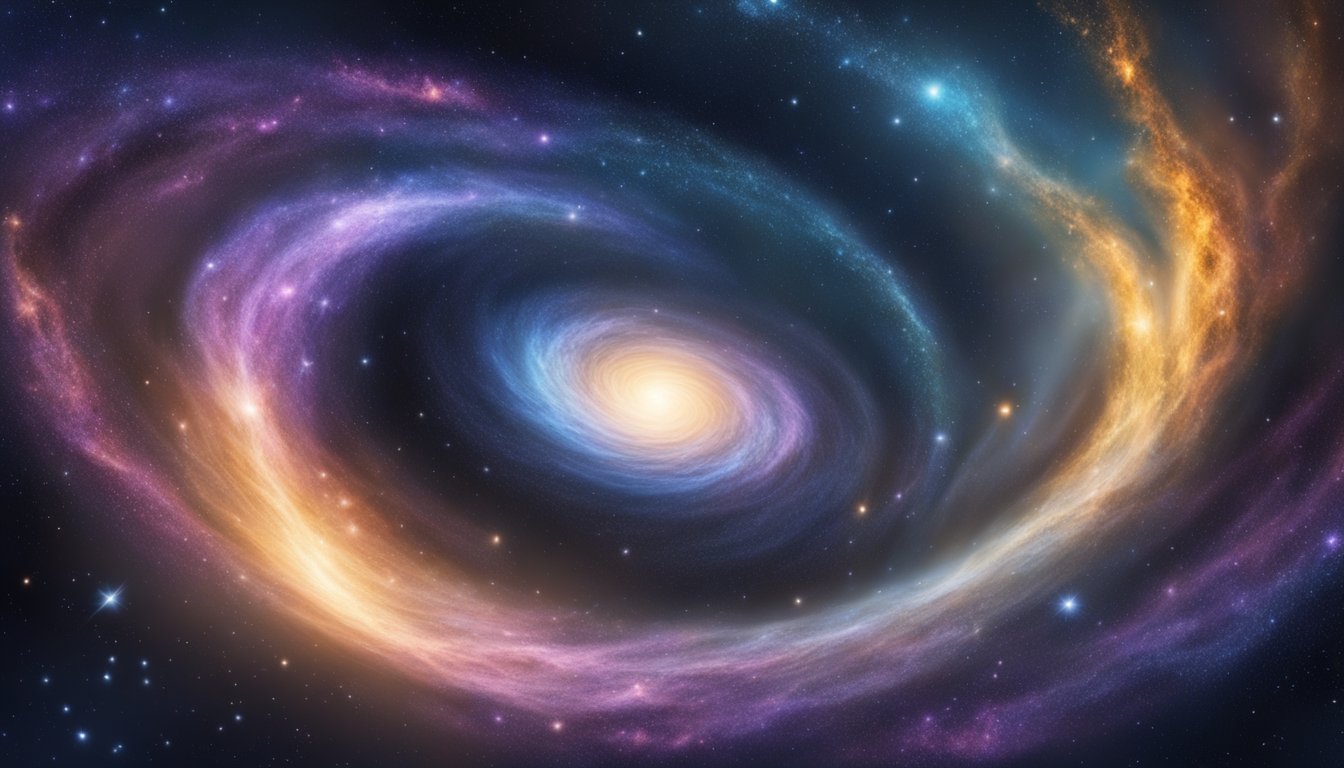
Dark energy plays a crucial role in the accelerated expansion of the universe. This section explains the mystery behind this expansion, the concept of the cosmological constant, and efforts to map the effects of dark energy.
The Mystery of Accelerated Expansion
Cosmic acceleration refers to the increasing rate at which the universe expands. Observations began in the late 1990s, when astronomers noticed distant supernovae moving away faster than expected. This suggested that some unknown force, now called dark energy, was driving this acceleration. Dark energy accounts for about 70% of the universe's total energy, while dark matter and ordinary matter make up the rest. Although the exact nature of dark energy remains unknown, its effects are evident in the cosmic acceleration observed.
Cosmological Constant and Einstein
The cosmological constant is a term added by Einstein to his general relativity equations. He introduced it to achieve a static universe model. Later, when the universe was found to be expanding, Einstein discarded it, calling it his "biggest blunder." However, with the discovery of cosmic acceleration, the cosmological constant gained importance again. It's now thought to represent the energy density of space, also known as vacuum energy. This constant helps explain the repulsive force that drives the accelerated expansion of the universe.
Mapping the Effects of Dark Energy
Scientists use various methods to map and study the effects of dark energy. One approach involves observing the large-scale structure of the universe through galaxy surveys. Instruments like the Dark Energy Camera and space missions such as the Euclid satellite help collect data on cosmic expansion. Another method is studying the cosmic microwave background radiation, which provides clues about the early universe's conditions. By comparing current observations with these early snapshots, researchers gain insight into how dark energy influences the universe's growth over time.
Observations and Discoveries
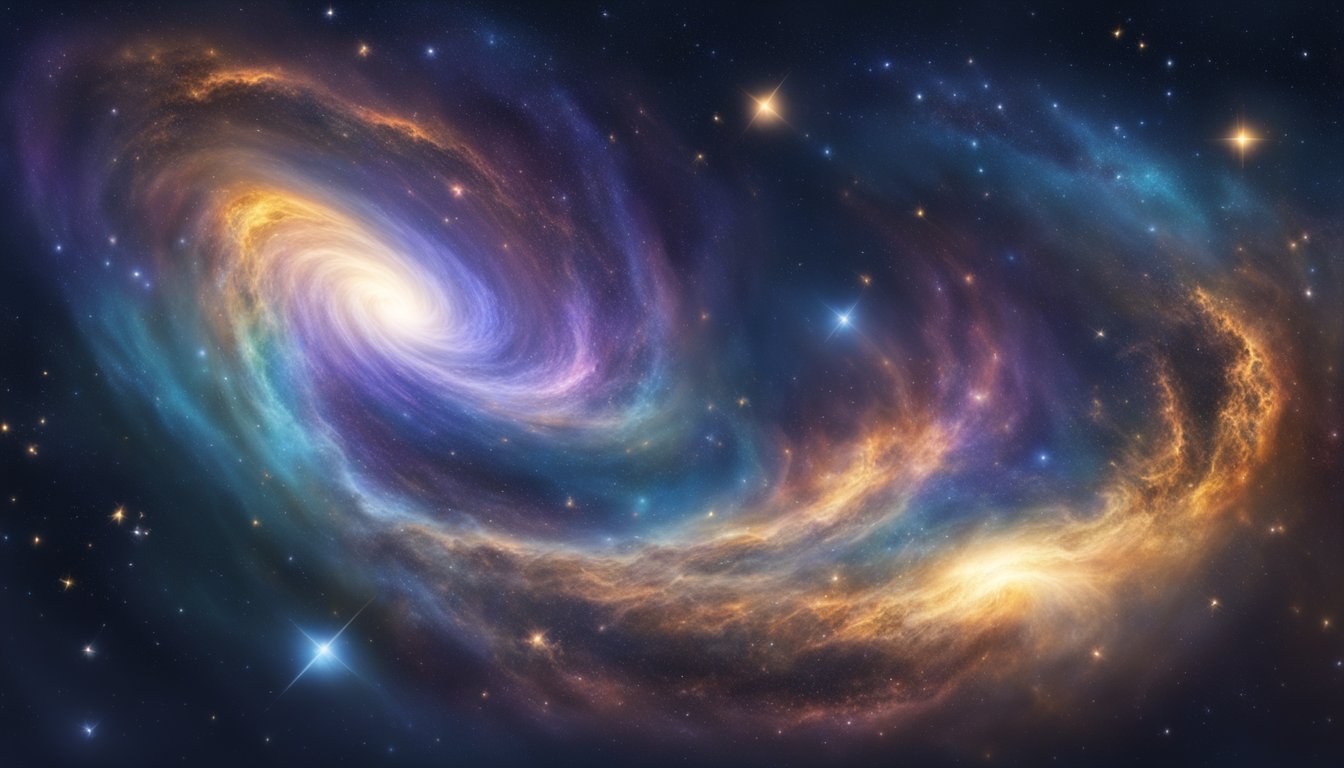
Observations and discoveries related to dark matter and dark energy are crucial for understanding the universe. These findings often involve advanced telescopes, significant observational evidence, and notable space missions.
Role of Telescopes
Advanced telescopes play a vital role in the study of dark matter and dark energy. The Hubble Space Telescope has been instrumental in capturing detailed images of distant galaxies and supernovae, allowing scientists to track the expansion of the universe.
The James Webb Space Telescope (JWST) is expected to provide even more detailed observations. Its advanced technology will help detect faint objects and phenomena linked to dark energy.
The upcoming Nancy Grace Roman Space Telescope will focus primarily on exploring dark energy and dark matter. Its wide field of view will allow it to survey large portions of the sky efficiently.
Significant Observational Evidence
Observations of Type Ia supernovae have provided compelling evidence for dark energy. These stellar explosions serve as "standard candles" that help measure cosmic distances. By observing these supernovae, scientists discovered that the universe's expansion is accelerating.
Gravitational lensing, where light from distant stars is bent by dark matter, offers another key piece of evidence. This phenomenon helps map the distribution of dark matter in the universe.
The Cosmic Microwave Background (CMB) radiation, studied by missions like WMAP and Planck, provides insights into the early universe’s structure. These observations support the presence of both dark matter and dark energy.
Notable Missions in Astrophysics
Several missions have greatly advanced our understanding of dark matter and dark energy. The Euclid Mission, led by the European Space Agency (ESA) with contributions from NASA, aims to map the geometry of the dark universe.
The Dark Energy Survey (DES) uses a powerful camera on the Blanco telescope in Chile to study the effects of dark energy on the expansion of the universe.
The Hubble Space Telescope has provided numerous crucial observations, from mapping dark matter through gravitational lensing to discovering the accelerated expansion of the universe.
The planned Nancy Grace Roman Space Telescope will further these efforts with its advanced capabilities to study dark energy and dark matter, promising even more groundbreaking discoveries.
Astrophysical Phenomena
Astrophysical phenomena provide important clues about dark matter and dark energy. These include how light bends around massive objects, explosive stellar events, and the brightness of stars and galaxies.
Gravitational Lensing and Its Insights
Gravitational lensing occurs when light from a distant object, like a galaxy, bends around a massive object between it and the observer. This bending is caused by the gravitational field of the intervening object, which could be a galaxy cluster.
Gravitational lensing allows scientists to map the distribution of dark matter. Since dark matter doesn’t emit or absorb light, its presence is inferred via the gravitational effects on visible matter. Strong lensing creates multiple images of a single distant object, while weak lensing slightly distorts the shapes of background objects.
Supernovae as Cosmic Milestones
Supernovae, especially Type 1a supernovae, serve as important markers in cosmology. These explosive events occur when a white dwarf star acquires enough mass to undergo a nuclear reaction. Because Type 1a supernovae have a consistent peak luminosity, they are used as "standard candles" to measure distances across the universe.
By observing the redshift of these supernovae, scientists can determine how much the universe has expanded since the light left the supernova. This data supports the existence of dark energy, which causes the acceleration of this expansion.
Measuring Stellar Luminosity
Stellar luminosity is a measure of how much energy a star emits. This is crucial for understanding the energy dynamics of galaxies and the universe. Luminosity is related to a star’s size and temperature, and it helps in determining distances to far-off galaxies through the cosmic distance ladder.
Precision in luminosity measurements has improved with advances in telescopes and detectors. These measurements enable better models of stellar evolution and more accurate maps of dark matter through gravitational lensing studies. Moreover, luminosity data from supernovae and other celestial objects continues to shed light on the nature of dark energy.
Theoretical Frameworks and Models
Dark matter and dark energy form the backbone of several key theories that explain the workings of our universe. Understanding these concepts involves exploring their impact on universal expansion, the role of general relativity, and potential future scenarios.
Big Bang and the Evolving Universe
The Big Bang theory suggests that the universe started from an extremely hot and dense state and has been expanding ever since. This model explains not just the birth of the universe but also how dark matter and dark energy impact its expansion.
Dark matter, which makes up about a quarter of the universe's total mass-energy, influences gravitational interactions and structure formation. As galaxies formed, dark matter acted as the scaffold for normal matter to cling to, shaping the universe's large-scale structure.
In more recent times, dark energy, which constitutes about 66.2% of the universe, has been pushing galaxies apart faster and faster. This force is driving the accelerated expansion of the universe, a discovery that altered the way scientists understand cosmology.
General Relativity and Universal Dynamics
General relativity, formulated by Albert Einstein, plays a crucial role in describing the dynamics of cosmic expansion. This theory connects the fabric of spacetime with the mass and energy it contains. Through the equations of general relativity, scientists predict how dark matter and dark energy impact the universe's curvature and expansion.
Dark energy is often associated with Einstein's cosmological constant ((\Lambda)), which represents a uniform energy density filling space. This constant is thought to be responsible for the accelerated expansion observed in distant galaxies.
In contrast, dark matter’s role in the dynamics of the universe is to slow down this expansion due to its gravitational pull. Together, these forces create a delicate balance that shapes the overall structure and fate of the universe.
Possible Futures of the Universe
The interplay between dark matter and dark energy leads to various possible futures for the universe. One scenario, known as the Big Rip, suggests that dark energy could eventually become so dominant that it tears apart galaxies, stars, and even atomic particles.
Another possibility involves the continued expansion of the universe at an accelerating rate, leading to a cold, dark, and empty cosmos as galaxies move farther away from each other. This scenario would result in a "heat death," where the universe reaches a state of maximum entropy.
Alternatively, if the influence of dark energy lessens over time, gravitational forces could cause the universe to reverse its expansion, ending in a "Big Crunch". In this scenario, all matter and energy would collapse back into a singular state.
These frameworks and models provide crucial insights into understanding the complex dynamics governing the universe's past, present, and future.
Challenges and Limitations
Studying dark matter and dark energy involves significant technological and theoretical hurdles. These complexities affect how we measure, understand, and theorize about the cosmos.
Technological Constraints and Perspectives
One major challenge is the precision of our instruments. Current telescopes and detectors have limited sensitivity, especially at certain wavelengths needed to detect clues about dark matter and dark energy. Advanced technologies, like those used in the Hubble Space Telescope and planned missions like the James Webb Space Telescope, aim to overcome some of these constraints.
Mapping dark matter within the Milky Way and beyond requires vast amounts of data and clear skies free from interference. Gravitational lensing offers one method to infer the presence of dark matter, but the technique demands high-resolution images which are difficult to obtain.
Constraints of Current Theories
Our understanding of dark matter and dark energy is limited by existing theoretical models. The popular ΛCDM model explains many observations but falls short in some areas, such as explaining the exact nature of dark energy. Dark matter theories also face constraints because we have yet to detect dark matter particles directly.
Alternative theories, including modifications to general relativity, attempt to fill these gaps but introduce new questions. Our theories rely heavily on indirect evidence, such as the motion of galaxies and the expansion of the universe, making it hard to pin down specifics.
These theoretical limitations also mean that new, unexpected discoveries could drastically change our current understanding of the universe.
Contribution to Science and Society
Dark matter and dark energy are crucial to advances in astrophysics and our grasp of the universe. These cosmic phenomena influence many scientific discoveries and shape our understanding of the cosmos.
Advancements in Astrophysics
Dark matter and dark energy have revolutionized astrophysics. Researchers have found that dark matter makes up about 27% of the universe, while dark energy accounts for roughly 68%.
The cosmic acceleration of the universe, driven by dark energy, challenges previous models that predicted a static or slowing expansion.
High-precision instruments and telescopes have improved our ability to detect these elusive components. This has led to mapping dark matter's effect on galaxies and clusters and understanding how cosmic structures form and evolve.
Projects like the Dark Energy Survey (DES) and experiments at places like CERN play significant roles in these discoveries, providing data and insights.
Impact on Human Understanding
The study of dark matter and dark energy has profoundly impacted human knowledge. These concepts reshape our view of the universe, showing it is far more complex than once thought.
Atoms, once believed to be the building blocks of everything, now are a small fraction of the universe's content. This revelation has led to new questions and research areas in physics and cosmology.
The exploration of these mysterious forms of energy influences technology and innovation. Improved detection methods contribute to advancements in materials science, data analysis, and even medical imaging.
Understanding these forces enhances humanity's quest for knowledge and encourages future generations to explore and appreciate the vastness of space.

